The term “Wunderwaffe” or “miracle weapon” refers to a series of audacious research projects for new types of weaponry in Germany during World War II. Other participating countries in the war also engaged in the development of weapons capable of providing advantages in battles, so “Wunderwaffe” in this article is used as a collective term. So, here are the Top 10 “Wunderwaffe” of World War II.
1 Bachem Ba 349 Natter
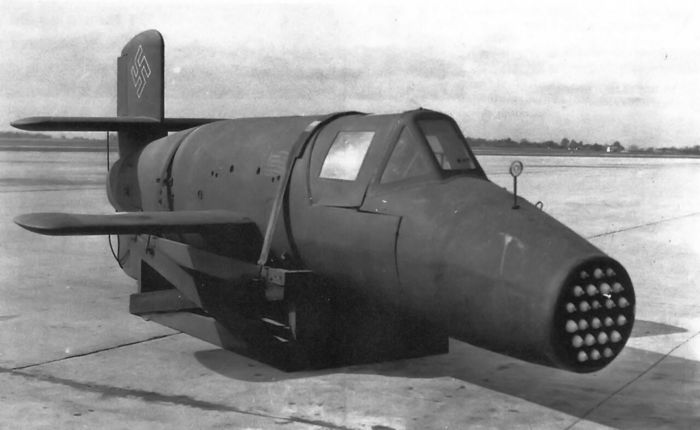
German single-seat rocket interceptor of vertical takeoff. The aircraft was designed to combat bombers and was equipped with a pack of unguided rockets. Launch was carried out from a vertical guiding mast 15 meters high, with the pilot and engine landing by parachute while the fuselage fell to the ground.
2 StG 44 Krummlauf
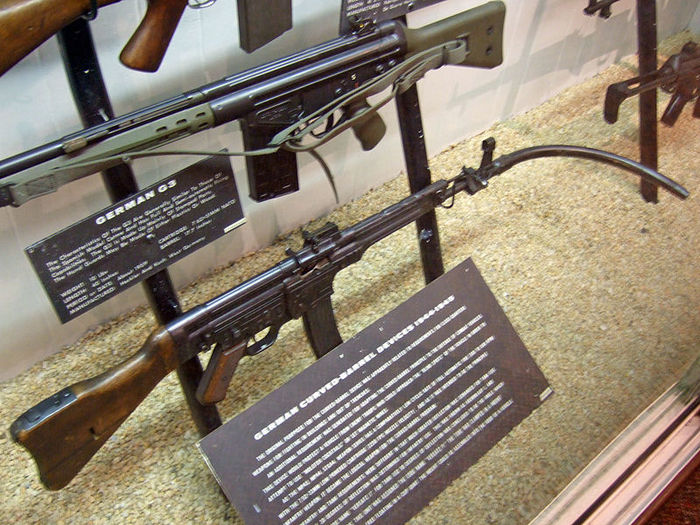
In 1944, a curved attachment for the assault rifle appeared, allowing firing from cover. It consisted of a rifled barrel with holes designed to divert gases from the barrel, the curvature of the barrel being 90 degrees. Resource – 2000 shots.
3 Enigma

A portable encryption machine used for encrypting and decrypting secret messages. Throughout the war, various government organizations of European countries attempted to “crack” the machine in order to protect against Germany.
4 Turing Bombe

During World War II in England, a machine with the code name “Turing Bombe” was created to decipher messages encrypted with the “Enigma,” providing significant assistance to the anti-Hitler coalition. All information obtained by cryptanalysis with its help had the code name “Ultra.” It was claimed that this achievement was a decisive factor in the victory of the Allies.
5 Focke-Achgelis Fa-223 Drache
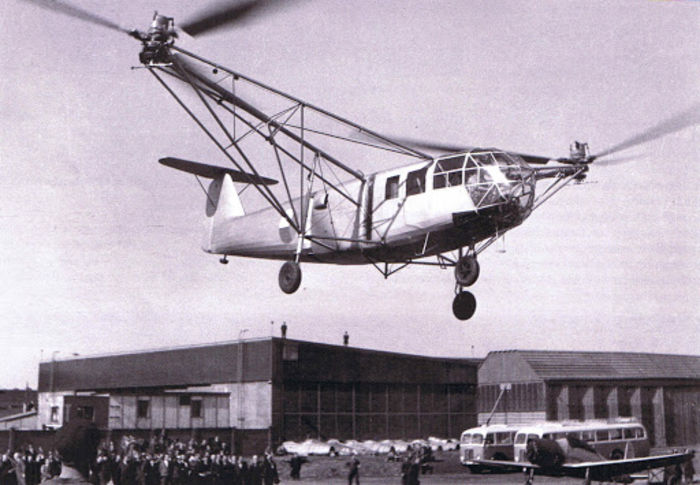
The first serial transport helicopter designed by the German company “Focke-Achgelis.” About 18 machines were built in total. During World War II, these helicopters adjusted fire, participated in transport and communication operations, and evacuated high-ranking officials.
6 Windkanone (Wind Cannon)
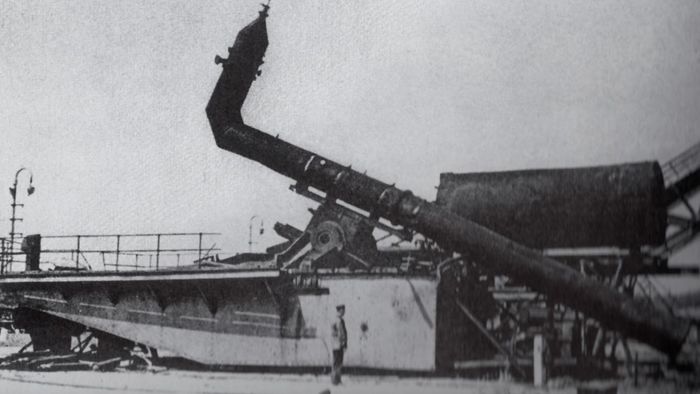
A German anti-aircraft gun firing a stream of air. It consisted of a large barrel bent upward at one end, through which the explosive jet of compressed air was ejected upwards by igniting a mixture of hydrogen and oxygen. The aim was to shoot down low-flying aircraft. In 1945, such a gun was installed on a bridge over the River Elbe, but it yielded no results.
7 Gustav (Dora)
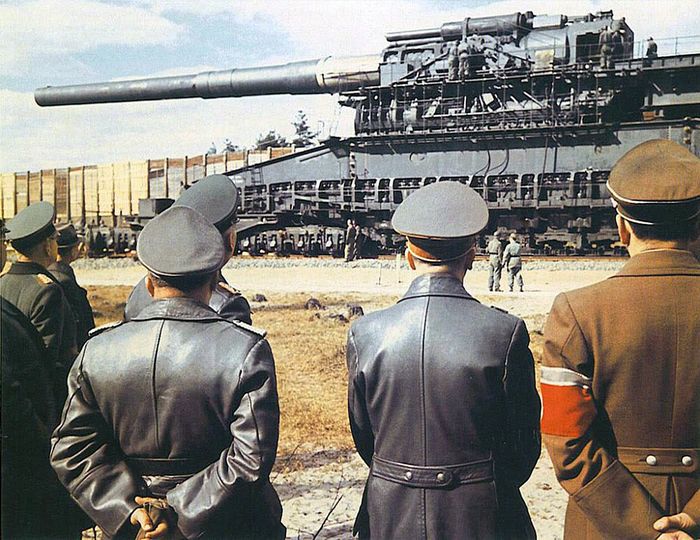
A heavy railway artillery gun of the German army, developed by the company “Krupp.” The gun was used in the assault on Sevastopol in 1942. The preparation time for firing consisted of the time to equip the firing position (from 3 to 6 weeks) and the time to assemble the entire artillery installation – 3 days, it took 45 minutes to prepare for one shot.
8 Zveno-SPB
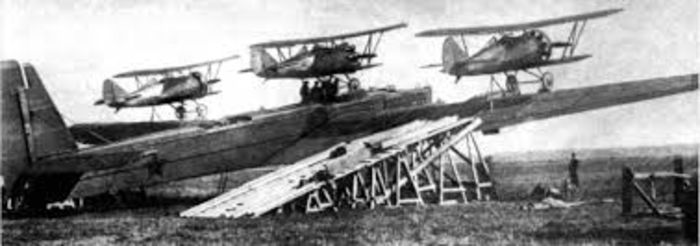
A carrier aircraft of the “Zveno” project carrying from one to five fighters to increase their range of action. The first application took place in 1941, the task to bomb the “SPB” oil depot in Konstanz was successfully completed.
9 A-40 (Flying Tank)

An aircraft created based on the light tank T-60 by O.K. Antonov. It was manufactured in April 1942 in a single copy at Plant No. 241. The aircraft tests were unsuccessful, and it was discontinued.
10 Kettenkrad HK 101

A half-track motorcycle with high cross-country ability, developed and produced in Germany during World War II. Due to its high dynamic characteristics, it gained great popularity in the German army and was widely used by all its units.


